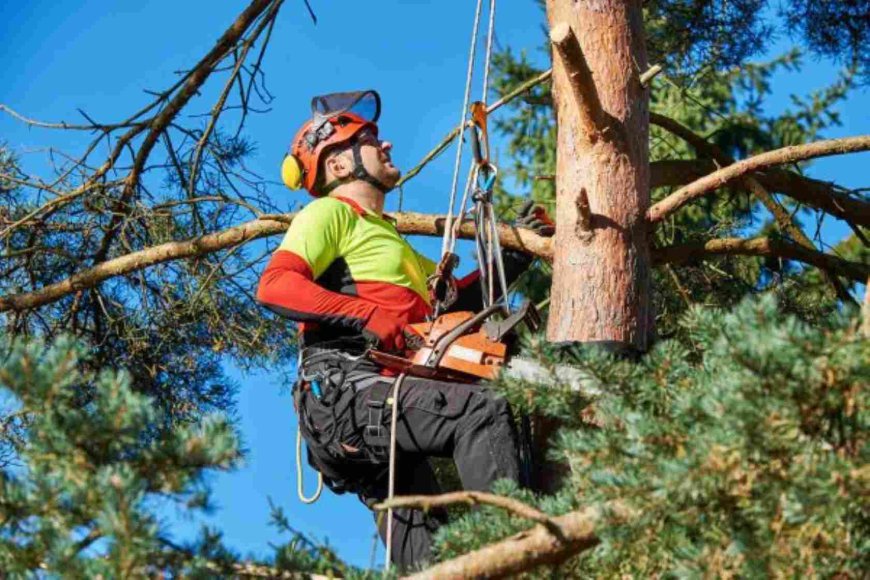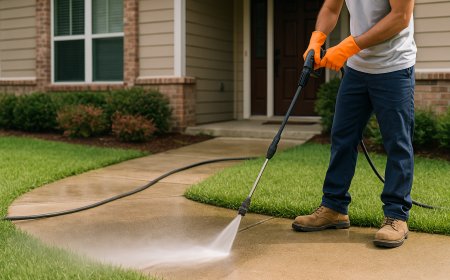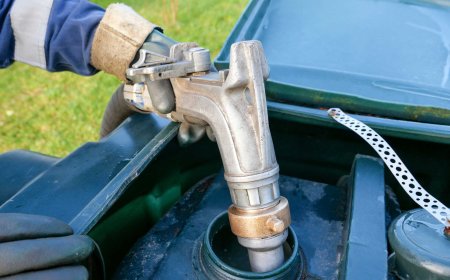Tree Care Services: The Ultimate Guide to Healthy, Happy Trees
Trees are more than just landscape decorations—they’re living assets that deserve proper care. Whether you’re trimming a backyard maple or removing a hazardous oak, investing in professional tree care pays off in beauty, safety, and peace of mind. Don’t wait until it’s too late. Keep those trees happy, healthy, and standing tall!

Think of trees as the lungs of your yard. They not only offer shade and beauty but also boost air quality and even your propertys value. Just like any living thing, they need care to stay strong and vibrant. Neglecting tree care can lead to disease, storm damage, or worsecostly removals.
Benefits of Professional Tree Care
Sure, you can water your trees and rake the leavesbut expert tree care services dives deeper. Professionals spot disease before it spreads, prune for better growth, and ensure your tree wont become a hazard. They dont just keep your trees alivethey help them thrive.
Common Tree Care Services Explained
Tree Pruning and Trimming
Pruning is like a haircut for trees. It keeps them looking neat, but more importantly, it removes dead or diseased limbs and promotes healthy growth. Trimming also prevents branches from tangling with power lines or crashing onto your roof.
Tree Removal
Sometimes, saving a tree just isnt an option. Whether its dead, diseased, or dangerously leaning, removing it safely takes skill and special equipment. Dont risk injurythis is a job for the pros.
Stump Grinding and Removal
Leftover stumps arent just uglythey attract pests and can become a tripping hazard. Stump grinding chews it down below the surface, allowing your lawn to grow over it seamlessly.
Tree Planting and Transplanting
Planting a new tree? Awesome! But choosing the right spot, species, and soil type is crucial. Professionals can also move a tree to a better location with minimal stress to the root system.
Emergency Tree Services
Storms can rip branches or topple entire trees. Emergency tree services provide rapid response to remove debris, prevent further damage, and restore safety to your property.
Tree Health and Maintenance
Soil Testing and Fertilization
Healthy trees start with healthy soil. Soil testing helps determine nutrient levels, pH balance, and drainage. Based on the results, experts apply the right fertilizers to boost tree vitality.
Pest and Disease Management
Insects and fungi are silent tree killers. Tree care professionals can identify infestations early and use safe, eco-friendly treatments to stop them in their tracks.
Tree Inspections and Risk Assessments
Not sure if that leaning tree is a problem? A certified arborist can inspect it and assess the risk. This proactive check-up helps prevent costly accidents and ensures your trees are safe and sound.
Mulching and Watering Practices
Mulch acts like a blanket for your trees rootsholding in moisture, regulating temperature, and preventing weeds. But too much mulch? Thats a thing too. Knowing how and when to water is just as critical.
Seasonal Tree Care Tips
Spring Tree Care
Spring is when your trees wake up. Prune away winter damage, inspect for disease, and fertilize for a strong growing season.
Summer Tree Maintenance
Hot and dry? Time to water deeply, check for heat stress, and monitor for insect activity. Dont overdo the pruningwait for cooler months.
Fall Tree Preparation
Get your trees ready for winter. Rake leaves, inspect limbs, and apply mulch. This is also a great time to prune, as the tree enters dormancy.
Winter Protection Techniques
Snow and ice can break branches. Wrap young trees, clear off heavy snow gently, and avoid using salt near root zones. Dormant doesnt mean forgotten.
Hiring a Professional Tree Care Company
Qualifications to Look For
Look for certified arborists, proper insurance, and strong local reviews. ISA (International Society of Arboriculture) certification is a major plus.
Questions to Ask Before Hiring
-
Are you licensed and insured?
-
Can you provide references?
-
Do you follow ANSI A300 standards?
-
Whats your cleanup process like?
Red Flags to Avoid
Beware of door-to-door tree guys, vague estimates, and companies without a physical address. A reputable service wont pressure you or cut corners.
DIY vs. Professional Tree Care
When You Can Handle It Yourself
Light pruning, mulching, and watering? Go for it. With a little research, these tasks are safe and manageable for homeowners.
When to Call in the Pros
Anything involving climbing, chainsaws, or power lines? Thats danger territory. Diseases and large removals are also better left to certified professionals.
Cost of Tree Care Services
What Affects Tree Service Pricing?
-
Tree size and species
-
Complexity of the job
-
Accessibility of the site
-
Emergency or off-hour requests
Tips to Save Money on Tree Care
-
Bundle services (like pruning + inspection)
-
Schedule during off-peak seasons
-
Keep trees healthy to avoid costly fixes
Environmental Impact of Tree Care
Sustainable Practices in Tree Services
Eco-conscious companies recycle wood chips, use electric tools, and avoid harmful chemicals. Ask about their green policies!
How Trees Benefit the Environment
Trees absorb CO?, cool our homes, reduce stormwater runoff, and provide wildlife habitats. Taking care of trees means taking care of the planet.
Conclusion
Trees are more than just landscape decorationstheyre living assets that deserve proper care. Whether youre trimming a backyard maple or removing a hazardous oak, investing in professional tree care pays off in beauty, safety, and peace of mind. Dont wait until its too late. Keep those trees happy, healthy, and standing tall!
FAQs
How often should I trim my trees?
Most trees benefit from trimming every 35 years, but fast-growing or fruit trees may need annual pruning.
Can I save a dying tree?
Sometimes! Early diagnosis and treatment from an arborist can revive stressed or diseased trees.
Is stump grinding necessary?
Its not essential, but it improves safety and aesthetics, and prevents pest infestations.
Whats the best time of year for tree pruning?
Late fall to early spring is ideal, as most trees are dormant and less vulnerable to stress.
Are tree care services covered by insurance?
Usually, nounless the service is needed due to storm damage. Check your homeowner's policy to be sure.











































